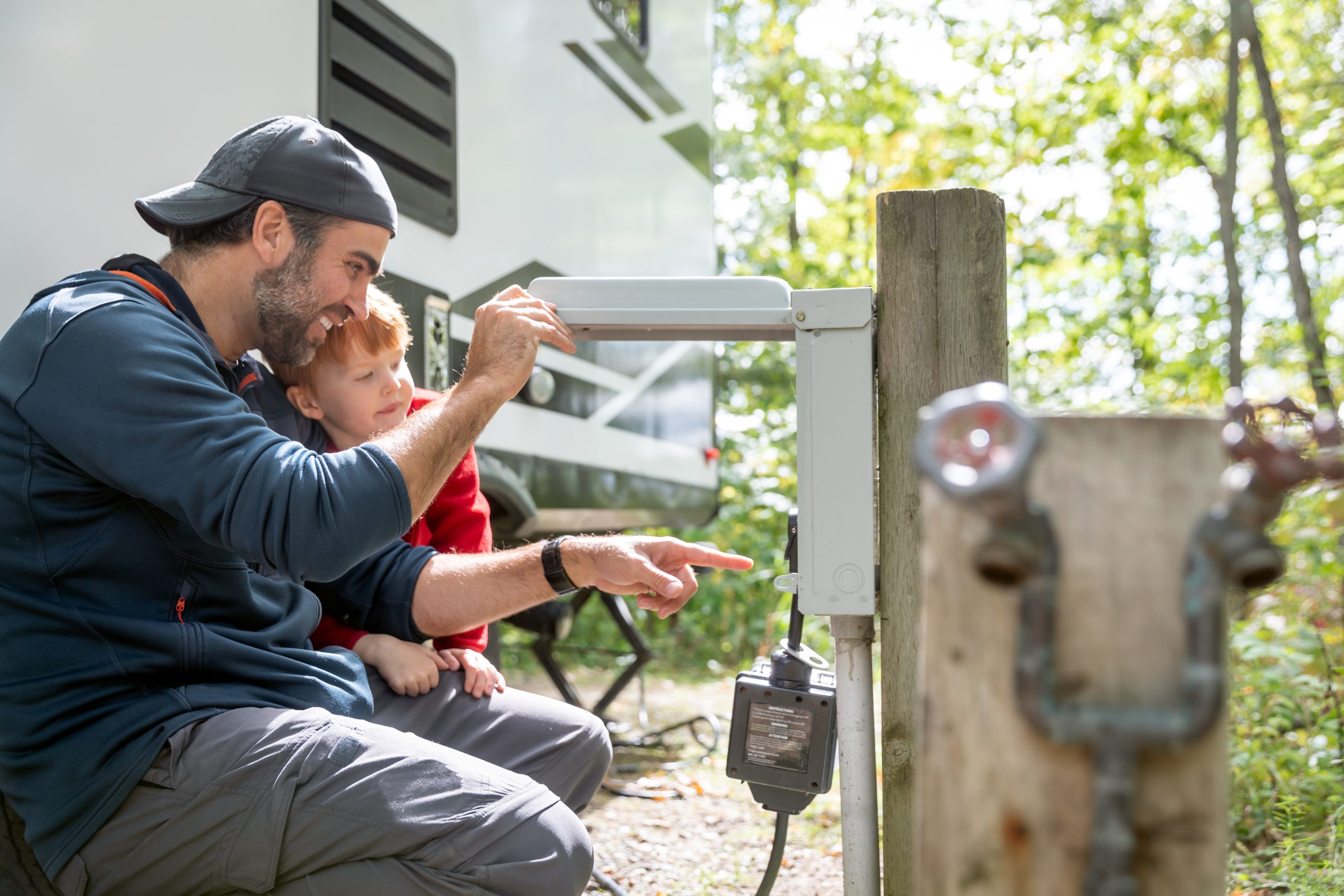Is your home and its electrical service safely ready for winter? The best time to find out is long before the temperature drops, suggests Rick Coons, CEO at Indiana Electric Cooperatives.
“Taking a little time to winterize your home and prepare for colder weather pays many benefits,” says Coons. “You’ll be more comfortable when those north winds blow across Indiana. Even more important, you’ll have the confidence that your house will keep you safe on the chilliest Hoosier nights.”
Indiana Electric Cooperatives recommends several simple steps to winterize your home:
- If you winterize electrical outlets, do so carefully with materials that won’t burn. Always check for loose wires or connections that could cause shocks or electrocution. If an outlet wiggles or seems to have loose wires, have a qualified electrician repair it.
- If you plan to use space heaters, check the cords and heating elements to make sure they weren’t damaged during storage. Keep them away from children and flammable objects.
- Make sure that trees are properly trimmed and away from wires. If a tree branch snaps your power line during a winter storm, it could cause electrocution. Plus, it could leave your family in the dark and cold.
- Make sure that electrical cords are not running under carpeting or rugs. Cords can be damaged when people step on them. They can also overheat and lead to a fire.
- Check your furnace or heat pump before you need it. You can hire a service technician for a thorough cleaning and check. Or, you can simply turn your thermostat to “heat” and set the temperature to 80 degrees to test it. Within several minutes, you should feel the warm air. Be sure to reset your thermostat to normal.
- If you notice odd sounds or smells coming from your furnace or heat pump, turn it off and call a service technician. Mechanical problems can lead to fires. In furnaces that use combustion, they can also release gases such as carbon monoxide.
- Test your carbon monoxide detector (and buy one if you don’t already have one).
- Check your smoke detectors, and replace the batteries if you haven’t done so recently.
- Clean your air conditioner or heat pump’s outdoor (condensing) unit by spraying it with a high-pressure water hose. Be sure to turn its power switch off first.
- Make sure you have working flashlights or battery-powered lamps with fresh batteries in case of a power outage.
- Check outdoor lights and reset timers to compensate for shorter days and earlier darkness.
“It’s also a good time to unpack your sweaters,” Coons notes. “When you feel chilly, putting on a sweater instead of turning up the thermostat a couple of degrees can add up to substantial savings. Each time you turn the thermostat up a degree, you can add as much as 2 to 3 percent to your heating costs, and you put more wear and tear on your heat pump or furnace.”
SOURCES: About.com, eHow.com, Michael & Son Services (DC area), MSN real estate, NEI Electric (WI/MN), Texas Co-op Power, Thedailygreen.com



